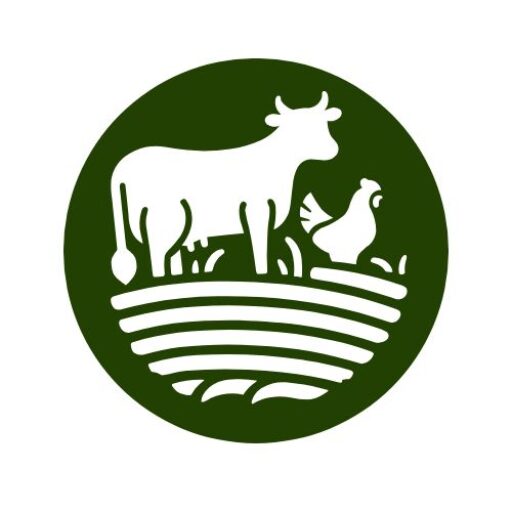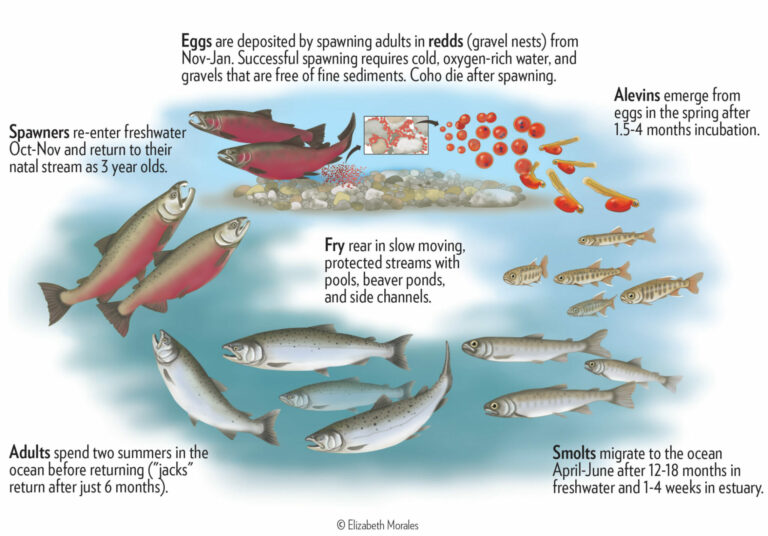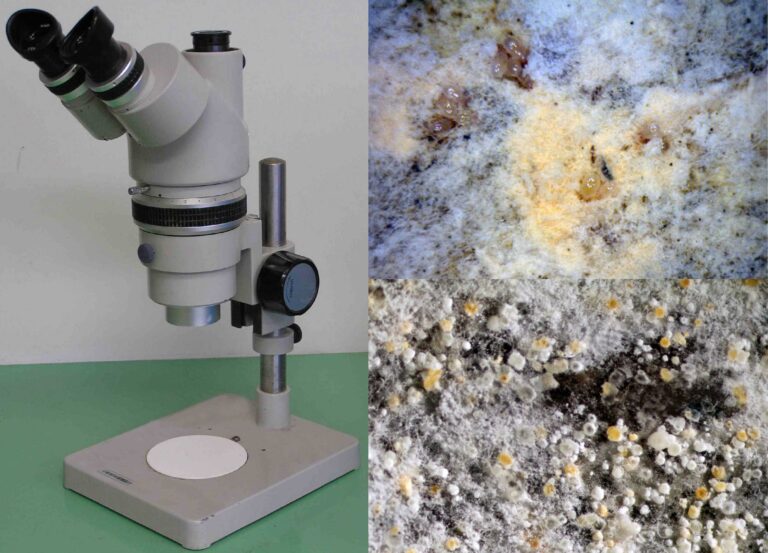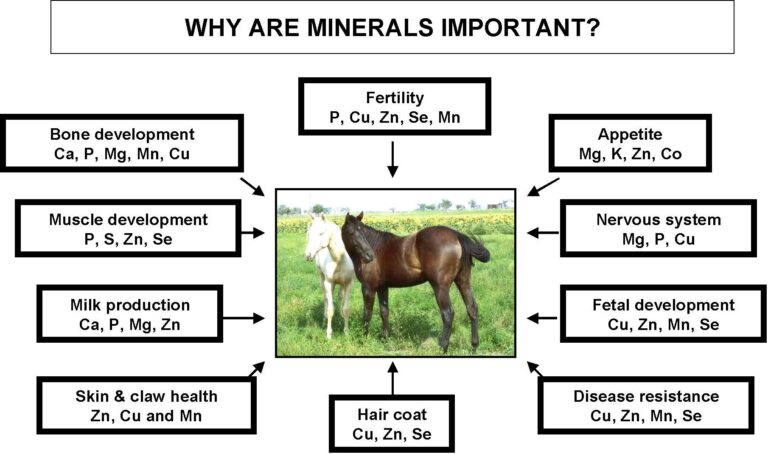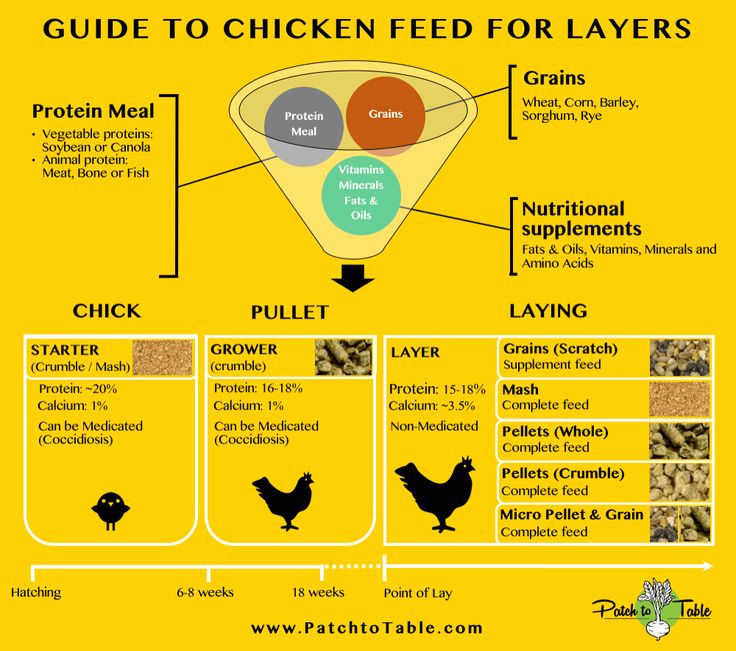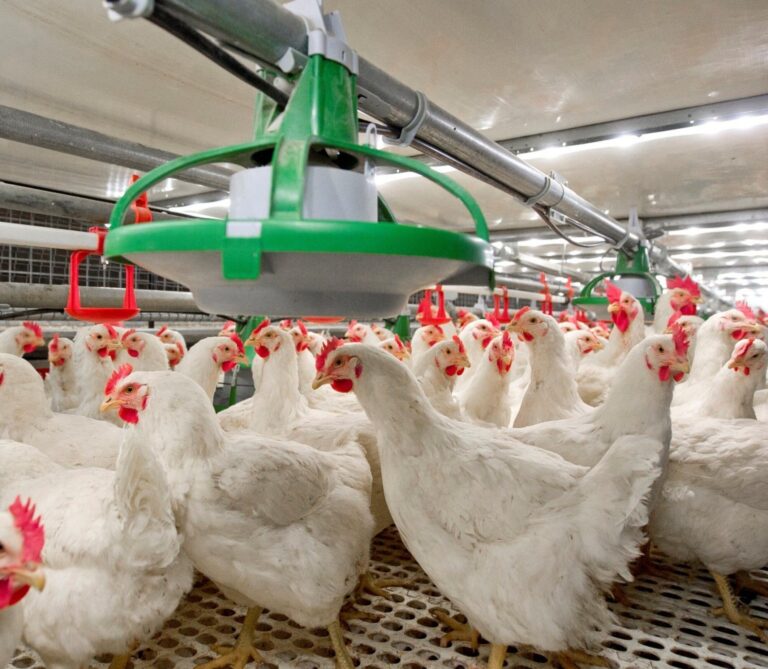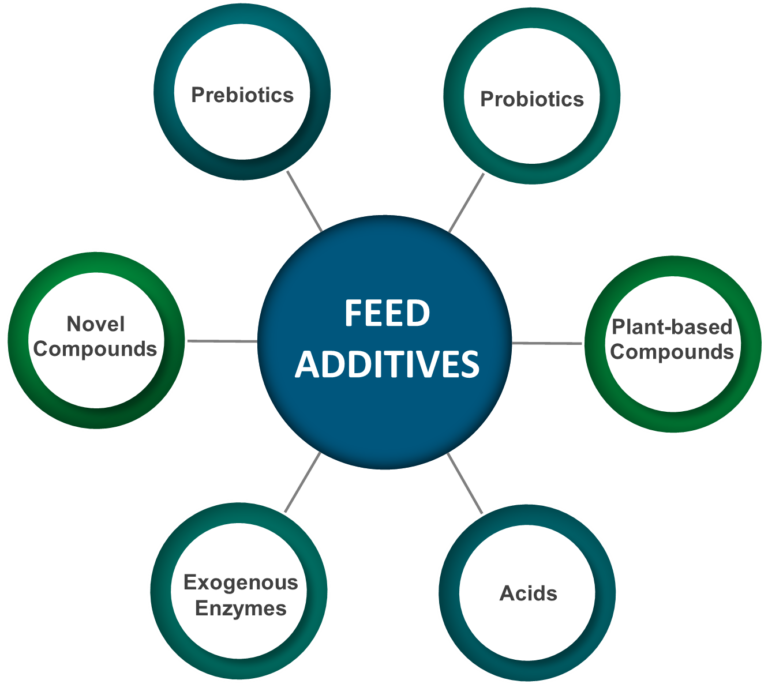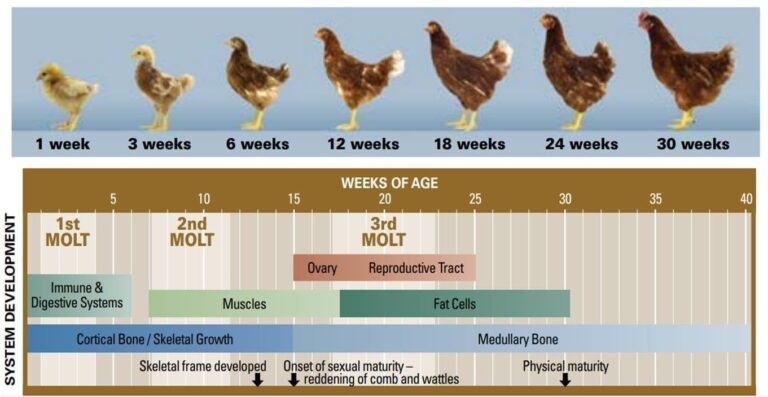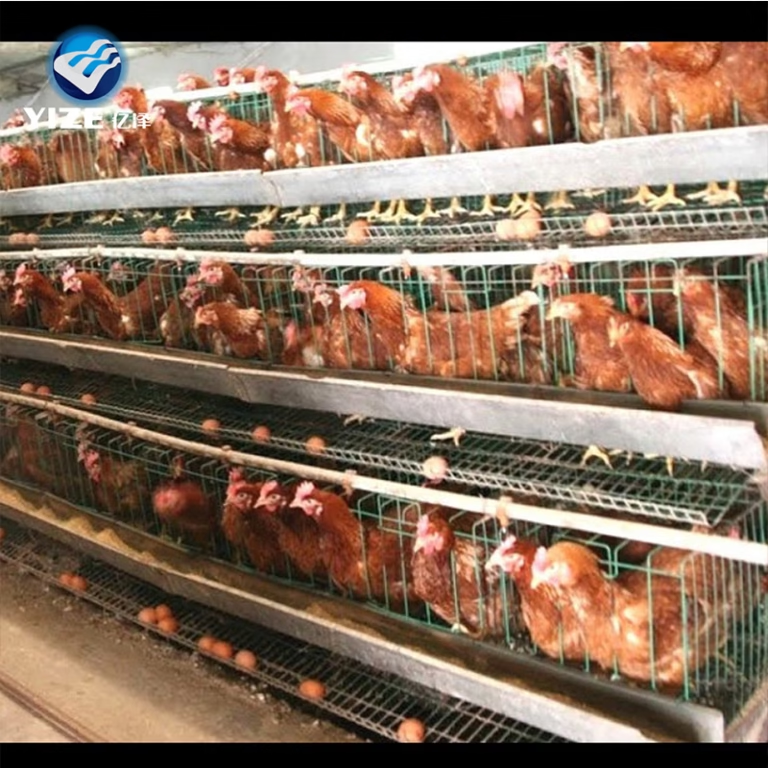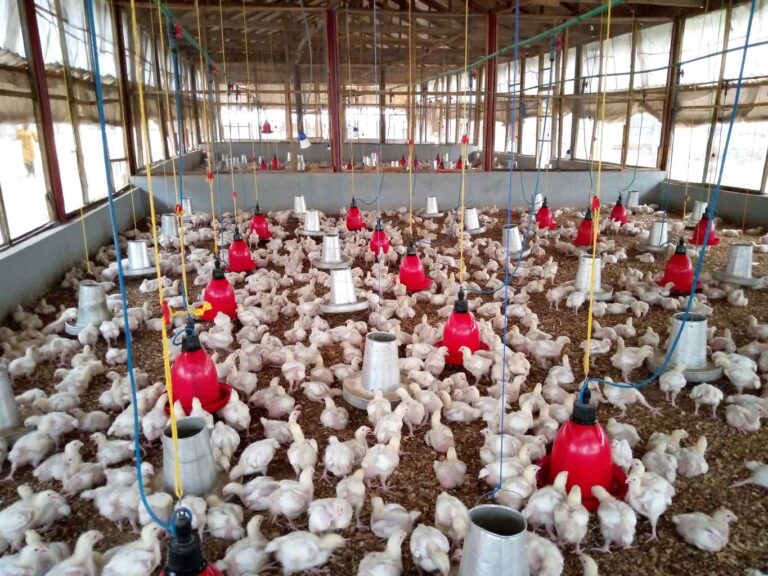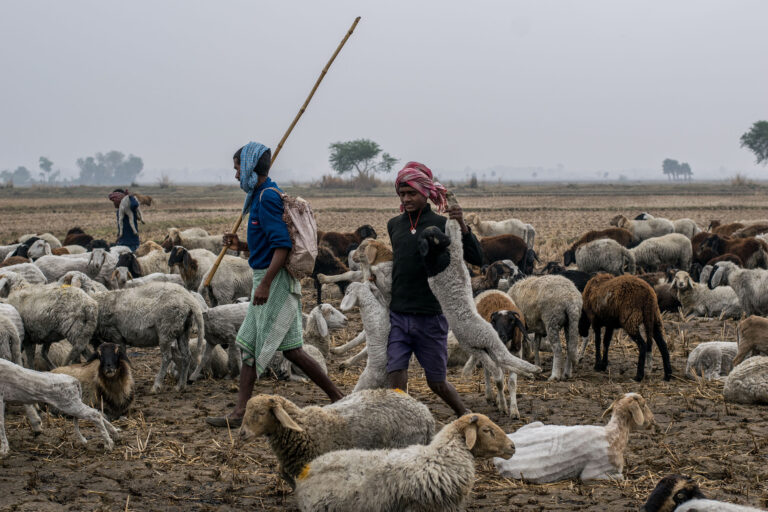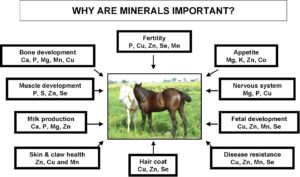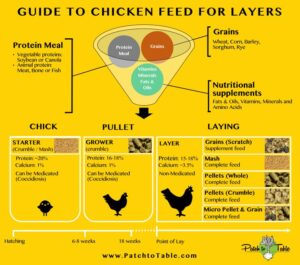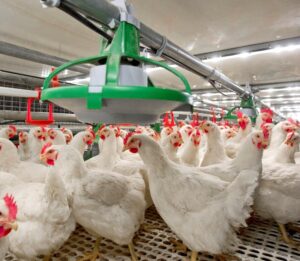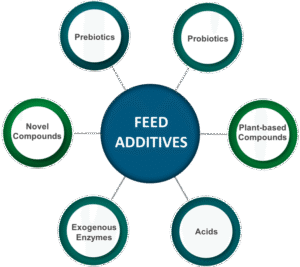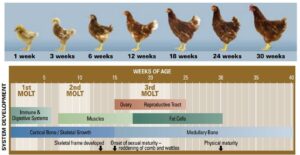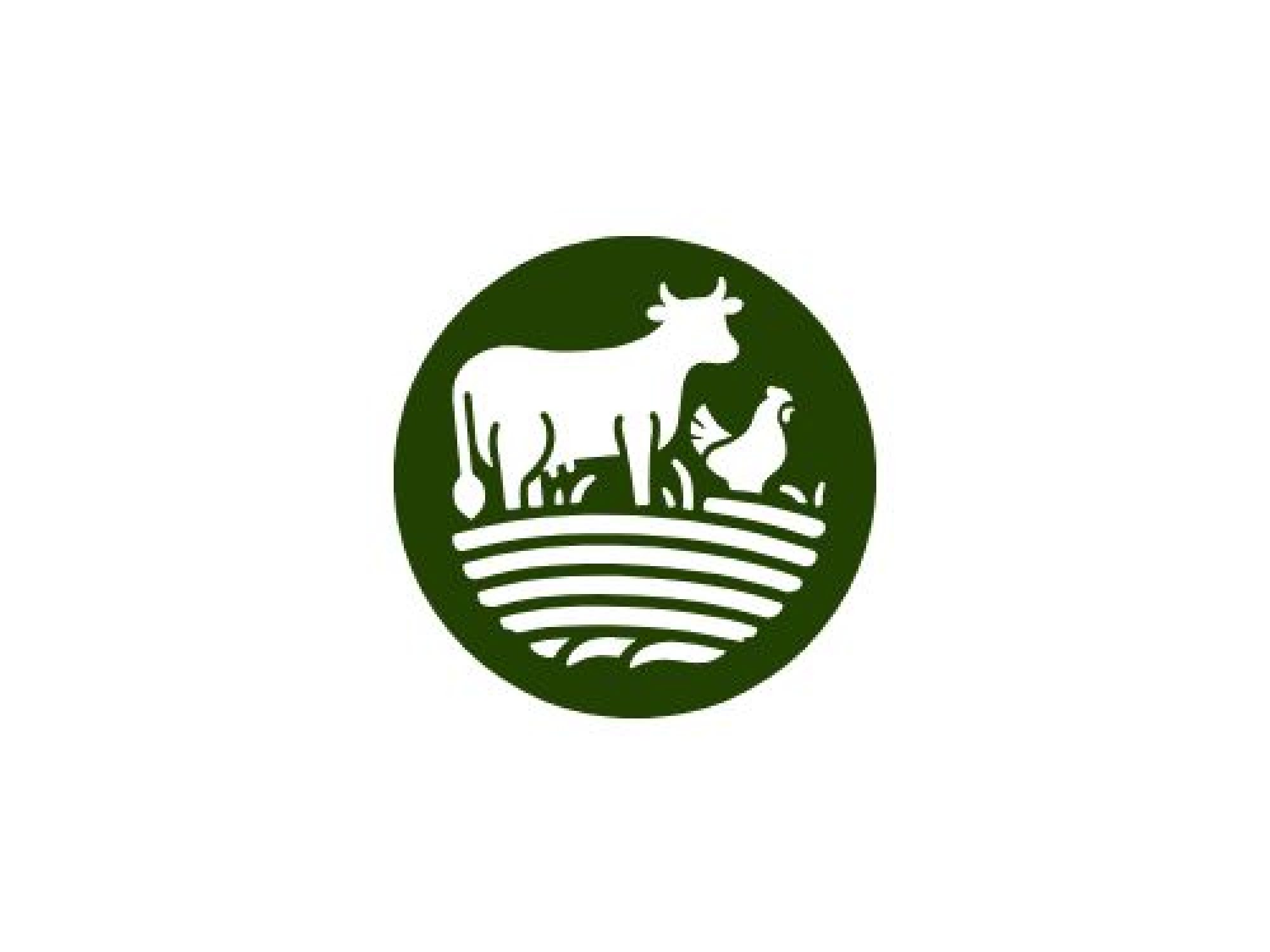Early Observations (Ancient to 18th Century)
- Ancient civilizations recognized the importance of mineral-rich foods such as salt and ash in animal and human diets. For example, livestock herders observed that animals often sought out natural salt licks.
- Hippocrates (460–370 BC) emphasized the role of diet in health, and Pliny the Elder (23–79 AD) documented the benefits of mineral salts.
- However, until the 18th century, the role of specific vitamins was completely unknown; nutrition was considered mainly in terms of “energy” and “bulk feed.”
Discovery of Minerals in Animal Nutrition (18th–19th Century)
- Salt (NaCl): Recognized as essential for livestock health; farmers noticed improved productivity when salt was added to rations.
- Calcium & Phosphorus: Linked to bone health in the late 18th century. Early studies in rickets (in both humans and animals) showed bones required mineral supplementation.
- Iron: Identified in the 1800s as a key component of hemoglobin, crucial for preventing anemia in livestock.
- Other Trace Minerals: By the late 19th century, research began linking deficiencies of iodine (goiter) and copper (anemia, wool abnormalities in sheep) with poor animal health.
Emergence of Vitamin Research (Early 20th Century)
- At the start of the 20th century, scientists realized animals required more than just protein, fat, and carbohydrates. Certain “accessory food factors” (later named vitamins) were essential in preventing specific diseases.
- 1905–1912: Casimir Funk coined the term “vitamine,” after identifying a vital amine (later Vitamin B1, thiamine) linked to beriberi prevention.
- Vitamin A: Discovered around 1913 by McCollum and Davis as a fat-soluble factor necessary for growth and vision.
- Vitamin D: Identified in the 1920s during rickets prevention research, crucial for calcium and phosphorus absorption.
- Vitamin E: Discovered in 1922 as essential for reproduction in rats (originally called the “antisterility factor”).
- Vitamin K: Identified in the 1930s by Henrik Dam during studies on blood clotting.
Integration into Animal Nutrition (1930s–1960s)
- Vitamins began to be incorporated into livestock feeds after researchers isolated synthetic and natural sources.
- Poultry studies in the 1930s–40s highlighted vitamin D’s role in eggshell formation and bone strength, leading to fortified diets.
- Vitamin premixes were developed for swine, poultry, and cattle.
- Mineral nutrition advanced with recognition of selenium, zinc, manganese, and cobalt deficiencies in grazing animals. For example:
- Selenium deficiency → “white muscle disease” in calves and lambs.
- Cobalt deficiency → reduced appetite and wool issues in sheep.
- Zinc deficiency → parakeratosis in pigs.
Modern Applications (1970s–Present)
- Advances in analytical chemistry and nutritional biochemistry allowed precise measurement of vitamin and mineral requirements.
- NRC (National Research Council, USA) published species-specific nutritional requirement guidelines, which remain international references today.
- Chelated (organic) minerals were developed in the 1980s–90s, improving bioavailability and reducing environmental excretion.
- Precision feeding technologies now allow mineral and vitamin supplementation tailored to growth stage, productivity, and health challenges.
- Vitamins are supplemented in premixes for poultry, ruminants, swine, and aquaculture, improving immunity, fertility, and product quality (e.g., milk yield, egg hatchability, meat quality).
- Environmental concerns led to strategies that minimize excess mineral excretion (e.g., phytase enzyme improving phosphorus utilization).
- Current research explores the role of vitamins and minerals as nutraceuticals and immune modulators, especially under climate stress conditions.
The history of minerals and vitamins in animal nutrition reflects a journey from empirical observation (salt licks, ash feeding) to modern precision nutrition. Early discoveries established the essentiality of minerals like calcium, phosphorus, and iron, while the 20th century unlocked the vitamin revolution. Today, advanced formulations, organic mineral supplements, and precision feeding strategies not only enhance animal health and productivity but also ensure sustainable livestock production with reduced environmental footprints.
Thank you for reading. Don't forget to subscribe & share!
